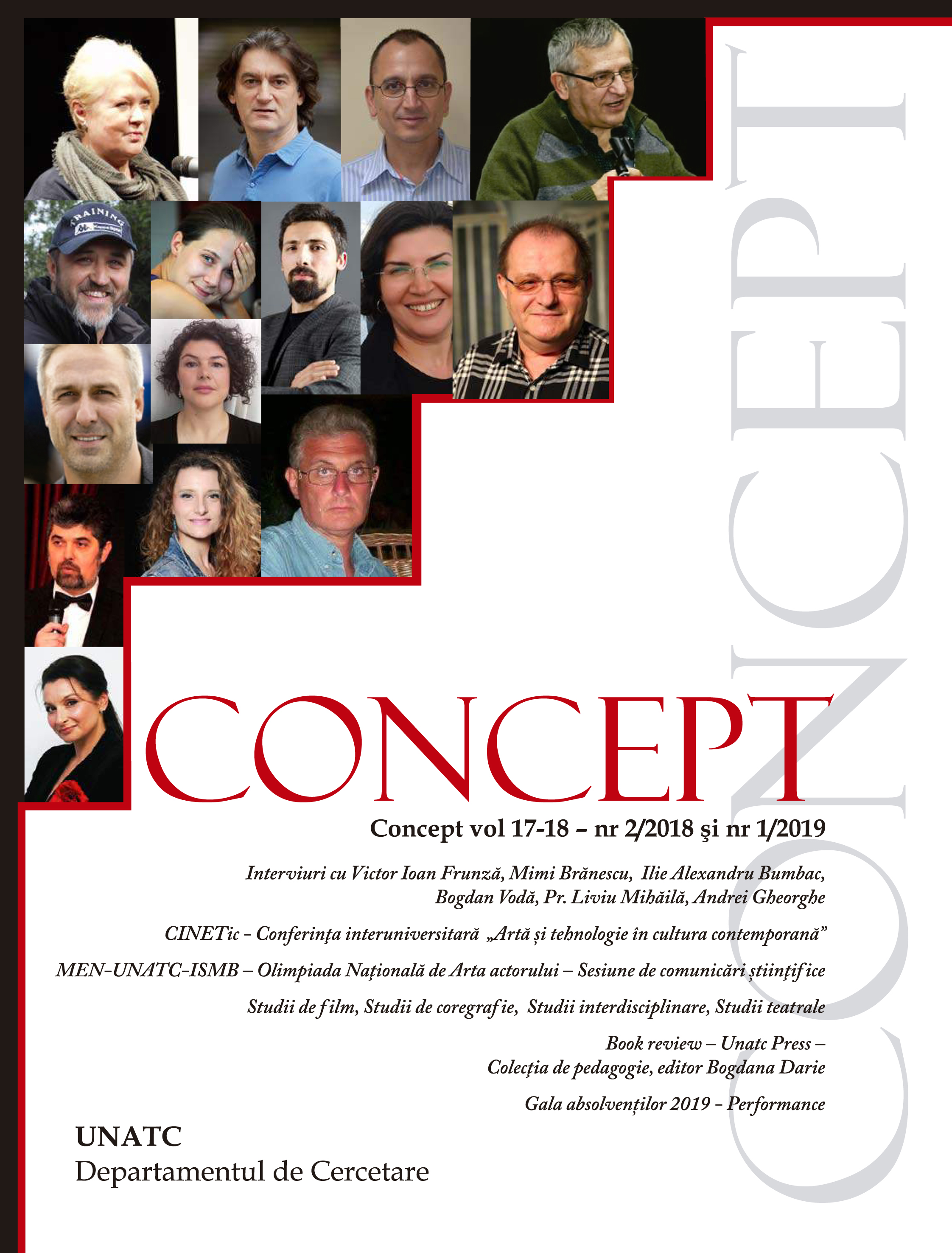4 EPOCI, 4 CINEMATOGRAFE. O ANALIZĂ COMPARATIVĂ A 4 CINEMATOGRAFE DIN CLUJ-NAPOCA
4 DIFFERENT TIMES, 4 CINEMAS. A COMPARATIVE ANALYSIS OF 4 CINEMAS FROM CLUJ-NAPOCA
Author(s): Razvan PotingSubject(s): Fine Arts / Performing Arts, Architecture, Film / Cinema / Cinematography
Published by: Universitatea de Teatru si Film »I.L. Caragiale« (UNATC)
Keywords: cinema; architecture; Cluj-Napoca; Arta; Victoria; Republica; Florin Piersic; Cinema City; Iulius Mall;
Summary/Abstract: Cinema, although it is one of the newest architecture programs (appeared in the early twentieth century), has seen a rapid and continuous evolution of unexpected complexity. The history of cinemas, albeit relatively short, becomes a true story of glory, decadence and reinvention, somehow similar to the scenarios of films projected on its screens. The complexity of this history has been determined by a wide variety of factors: the development of technology, the evolution of architectural styles, the changes in the public’s way of life and taste and, finally, the cinema’s commercial side.In the city of Cluj, since 1910, there have been 14 historically documented cinemas. Of these, 7 are still working today and the 8th one is near the end of a rehabilitation and reopening process. The large number of functional cinemas make Cluj a special and happy case among the other cities in the country, which are suffering from the lack of functional halls.Of the 8 functional cinemas, four examples were selected for this study, each of them relevant for a different era: Arta Cinema - the pre-war period; Victoria Cinema - the interwar period; Cinema Florin Piersic (Republica) - the communist period and Cinema City Iulius Mall - the contemporary period. The opportunity to study 4 cinemas from different epochs, operating in the same city and sharing the same cultural sphere and the same public, enables us to do analyzes and comparisons with a significant degree of relevance.The history of the four examples will be briefly presented, highlighting the most important moments from opening to the present. Their current situation will be analyzed by highlighting the way they function and are being managed, the networks they are part of, the problems they are facing and their degree of adaptation to the requirements of the current public.The comparative analyzes will be made from a variety of points of view: architectural, urbanistic, social, operational, and cost-effective. These comparisons will also be based on a series of analysis sheets done by the author in the last two years of study at various screenings and events hosted by the four cinemas.
Journal: Concept
- Issue Year: 2019
- Issue No: 1-2
- Page Range: 211-227
- Page Count: 17
- Language: Romanian

